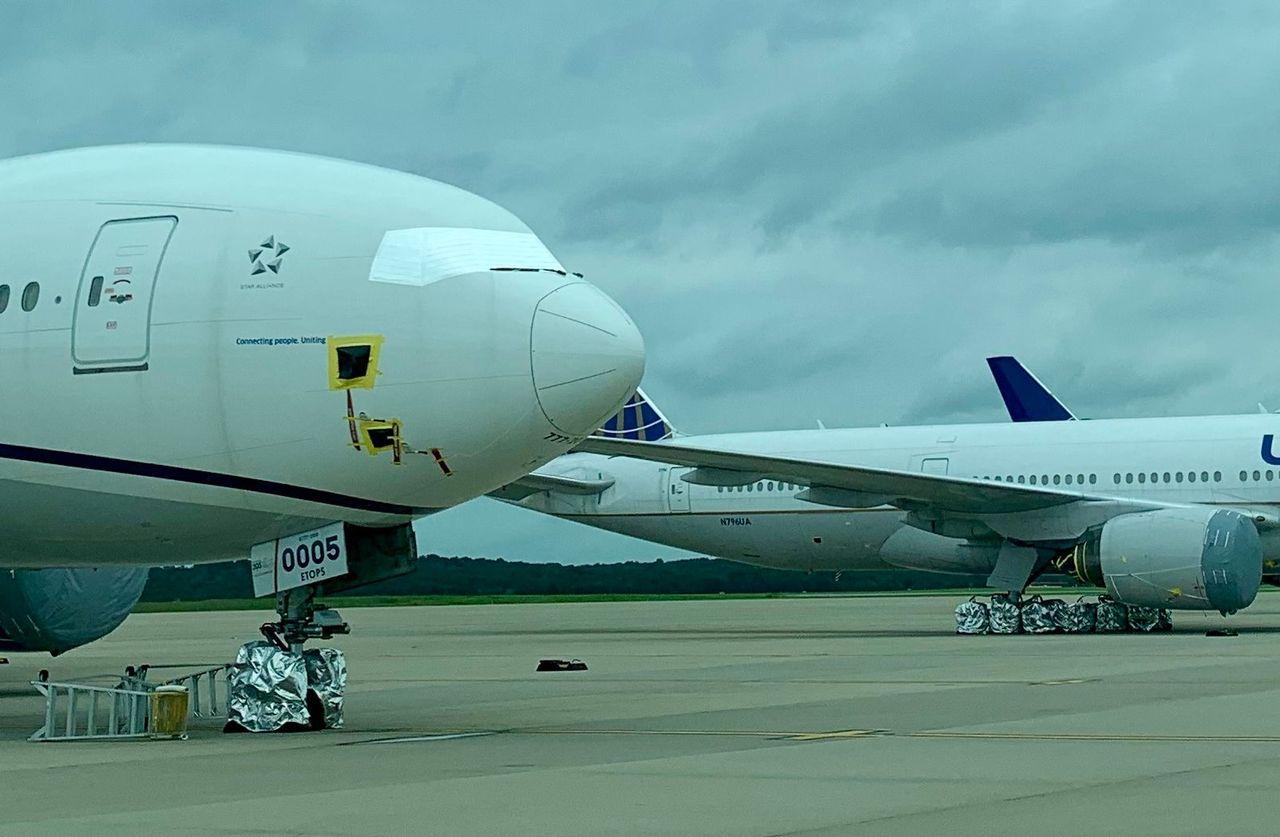
Credit: Sean Broderick/AWST
Instances of lavatory fire extinguishing bottles not working on aircraft returning from storage and inconsistent recommendations from manufacturers have prompted regulators to add the watch item to newly updated guidance on safe return to service protocols. “The FAA has received reports of numerous...
Subscription Required
This content requires a subscription to one of the Aviation Week Intelligence Network (AWIN) bundles.
Schedule a demo today to find out how you can access this content and similar content related to your area of the global aviation industry.
Already an AWIN subscriber? Login
Did you know? Aviation Week has won top honors multiple times in the Jesse H. Neal National Business Journalism Awards, the business-to-business media equivalent of the Pulitzer Prizes.

